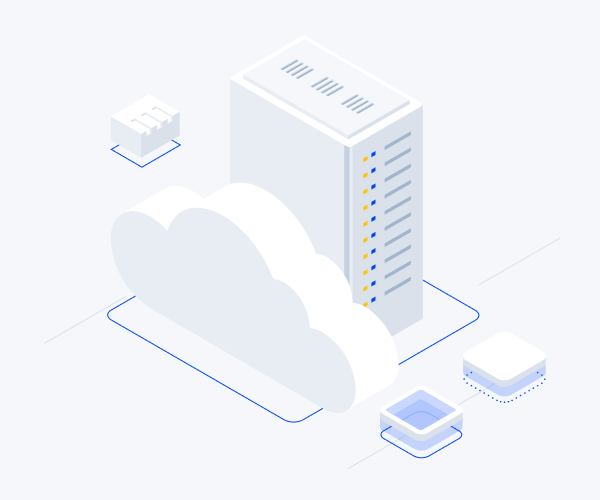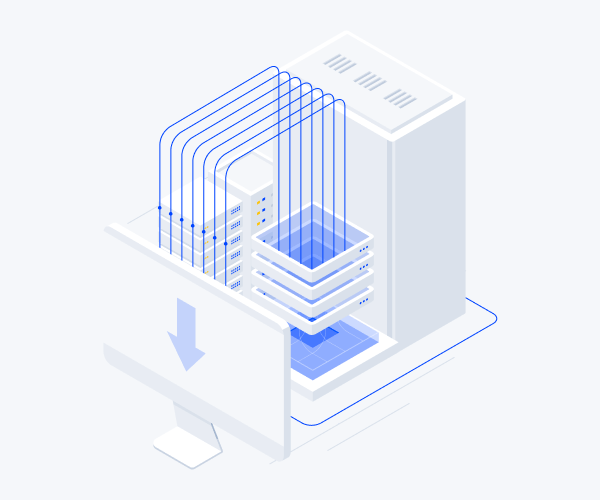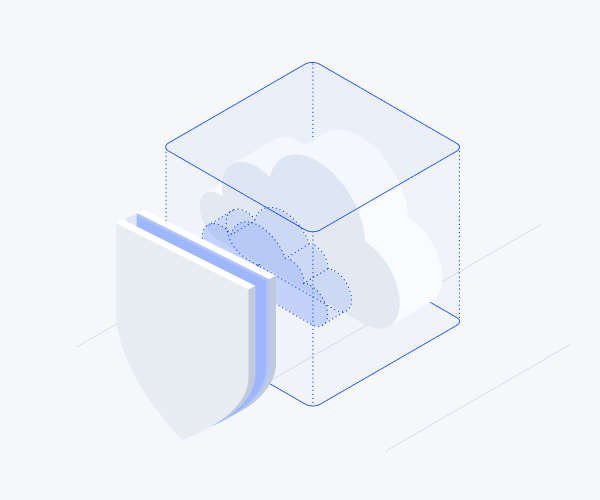Cloud Benefits for Developers

Tools and technologies continue to evolve, allowing programmers to create even more modern and convenient software.
However, the standards of their work are changing at the same time: it is necessary to reduce the time for products to enter the market, as well as very quickly eliminate errors in the code. And cloud services help them solve these difficult tasks.
We suggest considering the advantages of clouds over traditional development tools in more detail.
1. Scalability
One of the biggest advantages of cloud systems is the ability to scale. If you compare with traditional hosting, you must choose, buy, install and configure equipment on which every node of your system will work - web servers, application servers, database servers, switches and routers for accessing the Internet. High availability applications will also require load balancers and server clusters that require expensive SANs (storage area networks). All this requires careful planning and huge costs that can slow down the software development process.
With the advent of cloud systems, it has become possible to quickly and easily scale any part of the infrastructure. For web and application servers, you can increase hardware power by adding processor cores or even new servers. Databases can also be easily scaled by increasing the amount of RAM or by adding new servers. Finally, with the advent of microservices, you can develop a module-based web application. These modules can be located on different servers, and if you need to increase the performance of a module, it is enough to increase the power of the server on which this module is located.
2. Cost
The next key benefit of the cloud is cost savings, as well as the ability to start with a small and inexpensive infrastructure, and then increase it as the load grows. These economic benefits include the following:
No upfront investment
Own data centres (DPCs) require large upfront investments. It will also take a lot of time and effort to analyze current and future equipment requirements. As the number of clients and server load increase, additional changes will be required in the infrastructure, which will require new software and hardware.
Payments only for resources used
Most cloud account providers only bill for the resources you use. If necessary, you can increase or decrease the number of servers, the amount of memory, processor cores and other parameters, all this allows you to very flexible control costs.
3. Backup and Disaster Recovery
Rapid resource allocation is an advantage that all development teams benefit from. Programmers often need various infrastructure elements, from development and testing environments to new application servers to operating systems that you can experiment with.
Without cloud technology, such work is assigned to the technical support service and can take several days or even weeks.
Using the cloud, developers can quickly create new environments, from websites to virtual servers and databases. Besides, cloud technologies offer an almost endless list of services that are constantly expanding. This approach allows development teams to try and use the most advanced technologies. Also, when developers no longer need some resources, they can quickly decommission them and no longer pay for them.
4. Different models of cloud technology
The use of clouds cannot be reduced to traditional methods. These technologies present their customers with many different options to meet their unique needs.
The two main models of services in the cloud are infrastructure as a service (IaaS) and platform as a service (PaaS). Both of these models have their advantages, and the advantages of each model can be combined if necessary.
IaaS
IaaS model means providing infrastructure for rent, with access to it through dedicated communication channels or via the Internet. Infrastructure elements include virtual servers and their networking, storage, and security systems. IaaS customers are self-administering this infrastructure, purchasing and installing the necessary software. Operating systems for virtual servers can be provided by an IaaS service provider.
PaaS
The PaaS model complements the IaaS model with several services. These services include ensuring the health of operating systems, web servers, application servers, mail servers and database servers and development environments. The customer, in this case, is only involved in the development and deployment of applications.
All necessary components can be easily scaled depending on the needs of the customer’s application.
5. Geographical coverage
Another advantage of cloud technology is the fact that clouds cover several regions, countries or even the entire planet at once. Instead of relying on one site to host your application or spending resources on building additional sites, using the cloud allows you to place your application where it will be geographically closer to your customers. With traffic management and replication, cloud applications will provide customers with better performance, no matter where they are located.
Content Delivery Networks (CDNs) can also be used to increase geographic reach, even if the application is located in one place. CDN is a large number of servers located in various cities or countries. These servers respond to requests from web content users. CDN is used for quick access to web applications, audio, video content, images and other files. Besides, CDN allows you to reduce the number of requests directed directly to the web application, allowing you to better scale this application.
6. Ease of Deployment
Clouds offer unique features for managing application deployment. By integrating the application into a version control system, developers can customize automated application builds, which will include code, database deployment, automatic server configuration, and automatic application testing.
Deployment slots (or intermediate slots) also make it possible to not deploy when idle in a production environment. A deployment slot is a standalone web application hosted at a specific URL. You can deploy to such a slot and test the application. If the application passes the test successfully, you simply change the working and intermediate slot to make the application available to your customers. Another interesting feature is that you can send a small percentage of production traffic to an intermediate slot. This will allow you to test the new features of the application, not yet available to customers, on real data.
7. Development, Operation, and Monitoring (devops)
DevOps (an acronym for development and operations) is a methodology aimed at the active interaction of application developers and technical support.
In today's world of agile development, you need to quickly create applications, deploy them, and make sure that users do not have problems with applications. When users encounter a problem, you must first receive a notification about the problem, have tools to quickly find the cause of the problem, and publish a fix to fix the problem as soon as possible.
DevOps technologies offer application performance metrics, error logs and monitoring in one tool. This allows developers to have an idea of all aspects of the application and allows them to identify problems before users encounter them. For example, performance problems can be identified down to each SQL statement.
Conclusion
Cloud technologies have matured over the past few years, and the number of deployments continues to grow. RightScale's study showed that 82% of respondents in 2018 used cloud technology, and these numbers are constantly growing.
In 2017, there were 80% of such companies.





